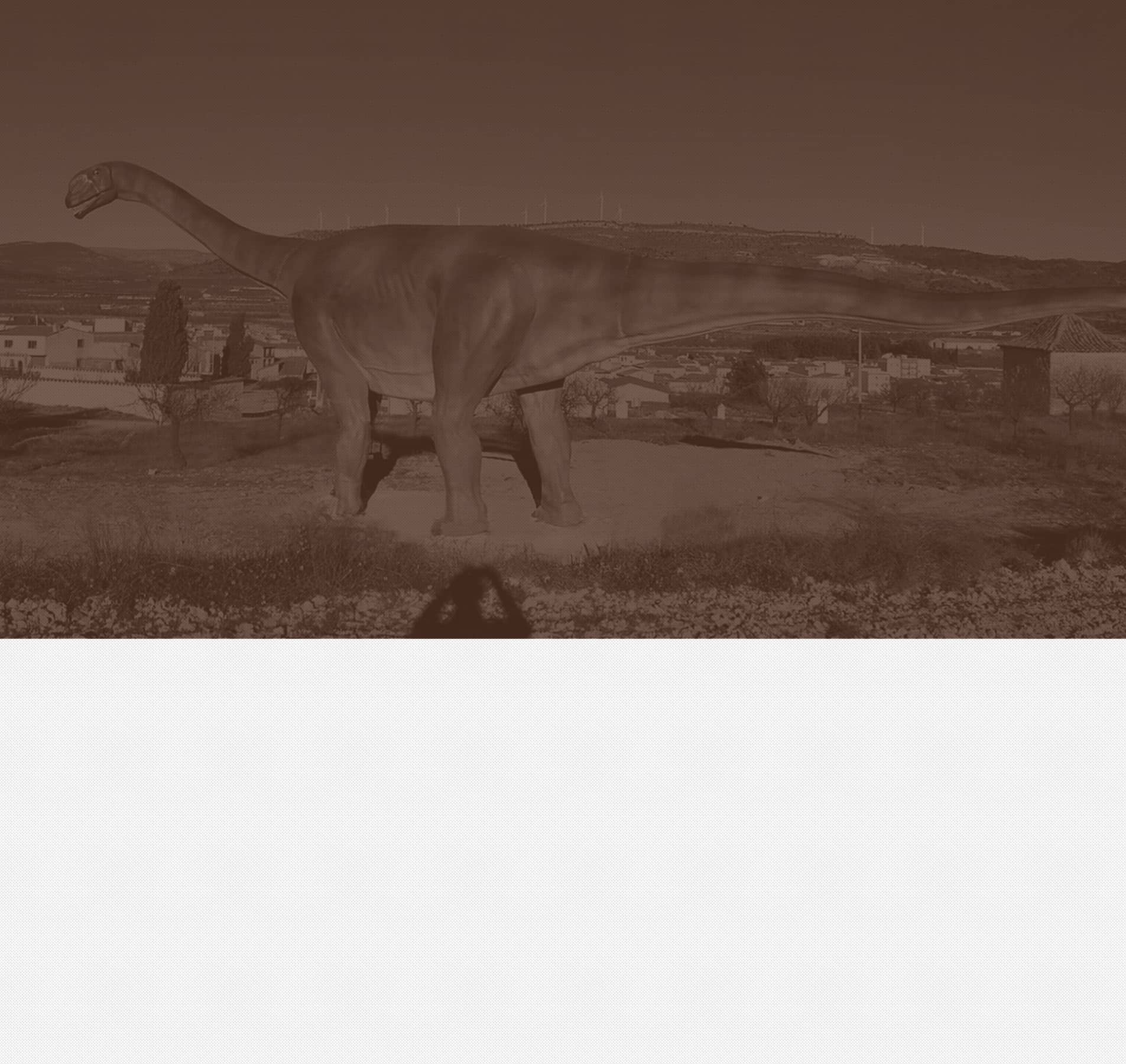
The Convention on Biological Diversity
19/12/2022
Ana María Pujante Mora
In June 1992 at the Earth Summit in Rio de Janeiro, 152 countries signed the Convention on Biological Diversity with the aim of promoting sustainable development. This convention recognises that biological diversity is more than just plants, animals and micro-organisms and their ecosystems, it is also about people and all their needs for living.
The Convention on Biological Diversity entered into force on 29 December 1993 and one of its major achievements was the recognition of the precautionary principle, according to which, where there is a threat of significant reduction or loss of biological diversity, lack of full scientific certainty should not be used as a reason for postponing measures to avoid or minimise such a threat.
The Convention on Biological Diversity objectives
Some of the many issues addressed under the Convention on Biological Diversity include:
- Measures and incentives for the conservation and sustainable use of biological diversity.
- Regulated access to genetic resources (Nagoya Protocol on Access to Genetic Resources).
- Access to and transfer of technology, including biotechnology.
- Technical and scientific cooperation.
- Impact assessment.
- Education and public awareness.
- Provision of financial resources.
- National reporting on treaty commitments.
Main tasks to be performed
Governments must play a leading role, notably by setting rules to guide the use of natural resources and protecting biodiversity where they have direct control over land and water:
- Identifying and monitoring important components of biodiversity that must be conserved and used sustainably.
- Establishing protected areas to conserve biodiversity, while promoting environmentally sound development around these areas.
- Rehabilitating and restoring degraded ecosystems and promoting the recovery of endangered species in collaboration with local people.
- Respecting, preserving and maintaining traditional knowledge on the sustainable use of biodiversity with the participation of indigenous peoples and local communities.
- Preventing the introduction, controlling and eradicating alien species that may threaten ecosystems, habitats or species.
- Controlling the risks posed by biotechnologically modified organisms.
- Promoting public participation, especially in assessing the environmental impact of development projects that threaten biodiversity.
- Educating and raising public awareness of the importance of biological diversity and the need to conserve it.
- Reporting on how each country is meeting its biodiversity targets.

The Convention on Biological Diversity in Spain
In Spain, Law 42/2007 of 13 December, on Natural Heritage and Biodiversity, establishes the basic legal regime for the conservation, sustainable use, enhancement and restoration of natural heritage and biodiversity. This law aims to:
- Preserve the genetic diversity of wild species, by means of a network of banks of biological and genetic material and prioritising those endemic species that are threatened.
- To publish a List of Wild Species under Special Protection Regime and a Spanish Catalogue of Threatened Species.
- Drawing up a Spanish Inventory of Natural Heritage and Biodiversity that includes habitats in danger of disappearing and specific measures for their protection and conservation.
The Strategic Plan for Natural Heritage and Biodiversity 2011-2017 is the fundamental element in the development of Law 42/2007. The diagnosis of biodiversity and natural heritage in Spain is included in this plan, which describes the current situation of biodiversity, the main problems it faces and our country’s international, EU and national commitments. The goal of the plan is to halt the loss of biodiversity and the degradation of ecosystem services and to address their restoration.
The 2021 Annual Report on the State of Natural Heritage and Biodiversity in Spain indicates that there are 1,500 endangered wild species and 224 invasive alien species in Spain:

Halting the loss of biological diversity is everyone’s task. It is a resource on which we humans depend, united in an interdependent community with all living things, in which each species has its place and function. It is our responsibility to ensure that biodiversity is passed on in its entirety to future generations.



